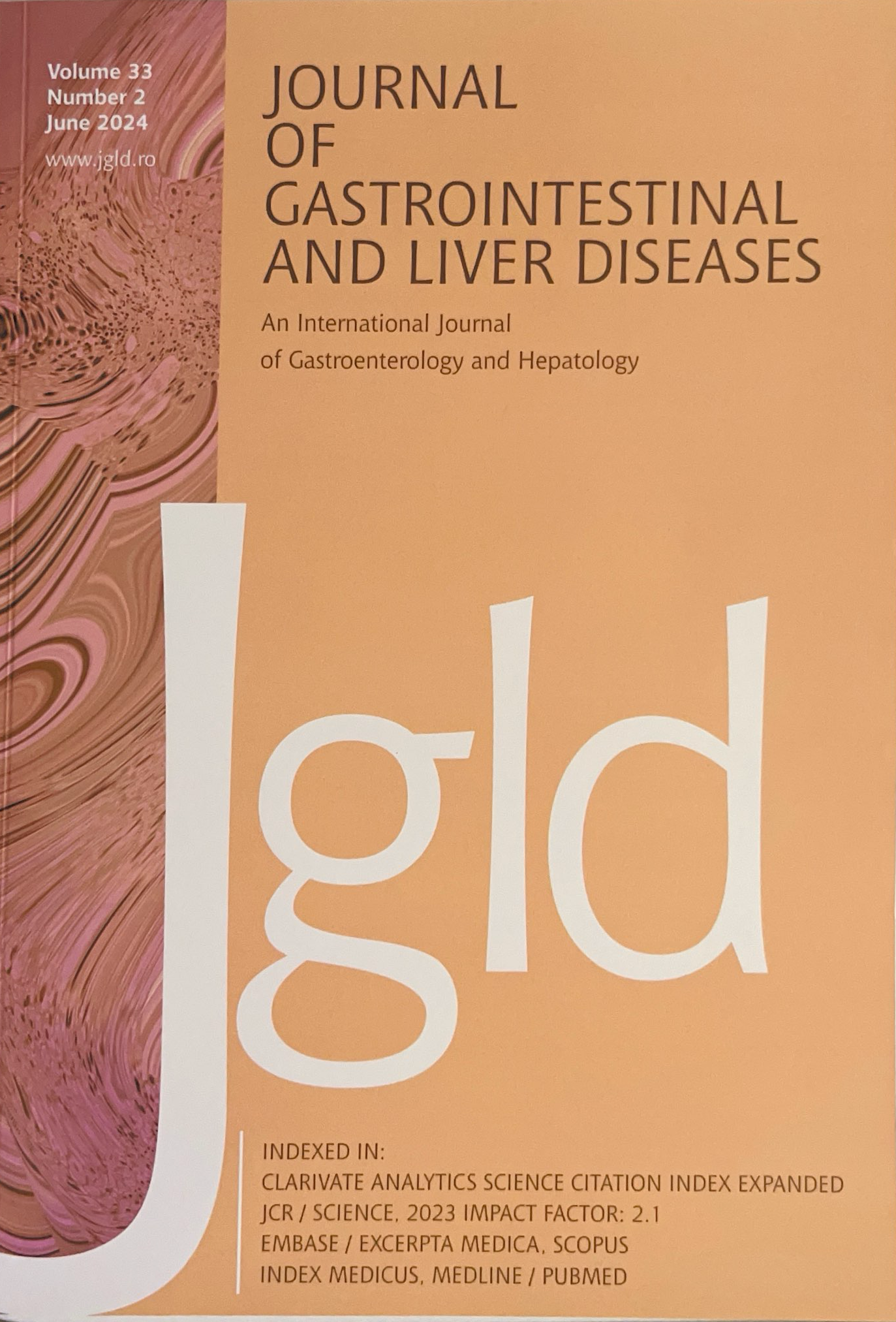Validation of the ViGaTu Immersive Virtual Reality Endoscopy Training System for Physicians and Nurses
DOI:
https://doi.org/10.15403/jgld-5440Keywords:
virtual reality, endoscopy, training, simulator, educationAbstract
Background and Aims: Endoscopy simulators are primarily designed to provide training in interventions performed during procedures. Peri-interventional tasks such as checking patient data, filling out forms for team time-out, patient monitoring, and performing sedation are often not covered. This study assesses the face, content, and construct validity of the ViGaTu (Virtual Gastro Tutor) immersive virtual reality (VR) simulator in teaching these skills.
Methods: 71 nurses and physicians were invited to take part in VR training. The participants experienced an immersive VR simulation of an endoscopy procedure, including setting up the endoscopic devices, checking sign-in and team time-out forms, placing monitoring devices, and performing sedation. The actions performed by the participants and their timing were continuously recorded. Face and content validity, as well as the System Usability Scale (SUS), were then assessed.
Results: 43 physicians and 28 nurses from 43 centers took a mean of 27.8 min (standard deviation ± 14.42 min) to complete the simulation. Seventy-five percent of the items for assessing face validity were rated as realistic, and 60% of items assessing content validity and usefulness of the simulation for different learning goals were rated as useful by the participants (four out of five on a Likert scale). The SUS score was 70, demonstrating a high degree of usability. With regard to construct validity, experienced endoscopy staff were significantly faster in setting up the endoscope tower and instruments than beginners.
Conclusions: This multicenter study presents a new type of interdisciplinary endoscopy training system featuring peri-interventional tasks and sedation in an immersive VR environment.


